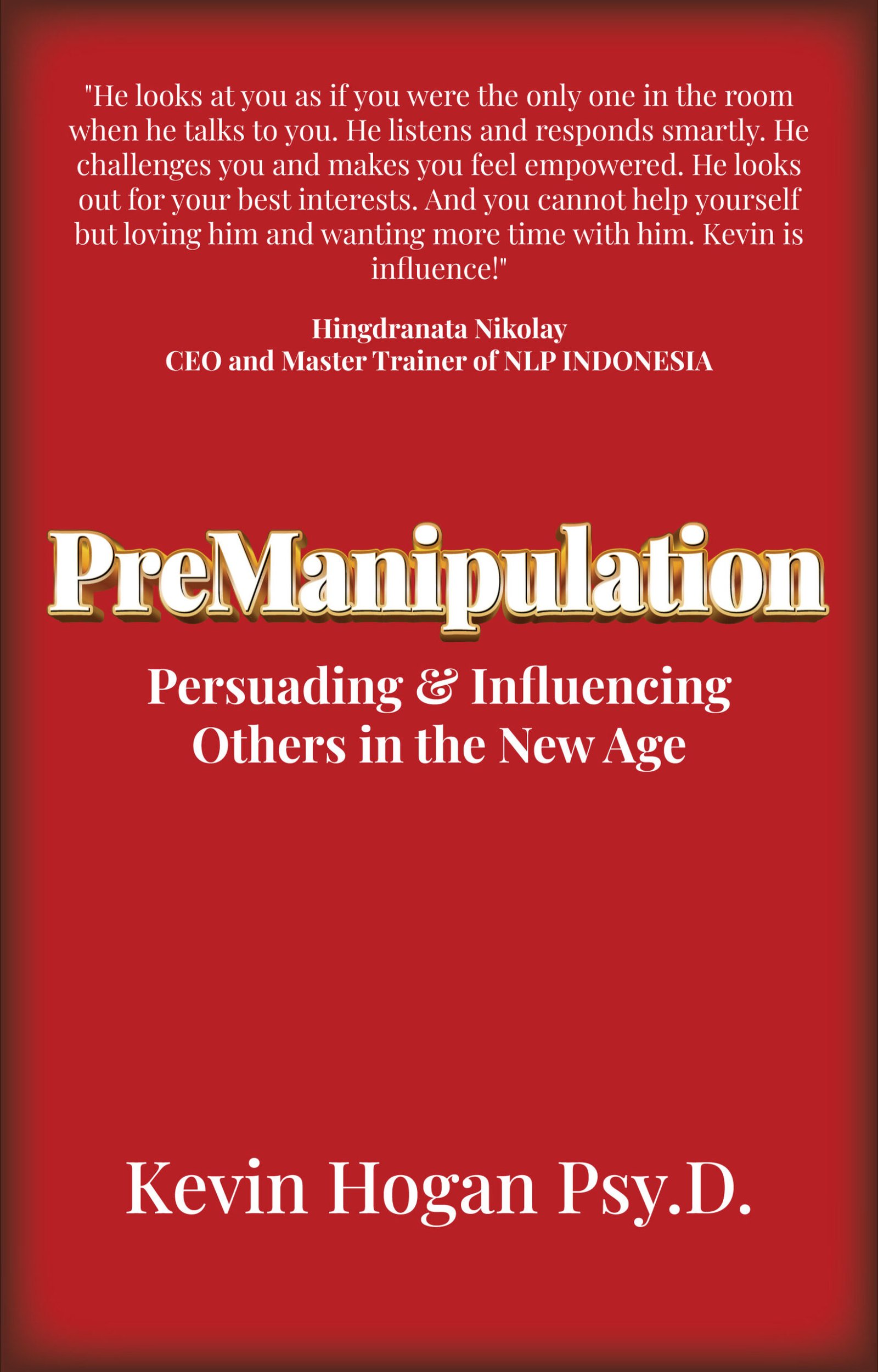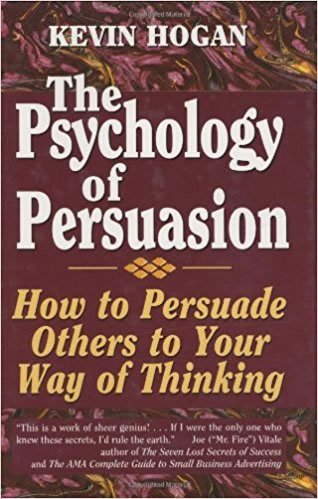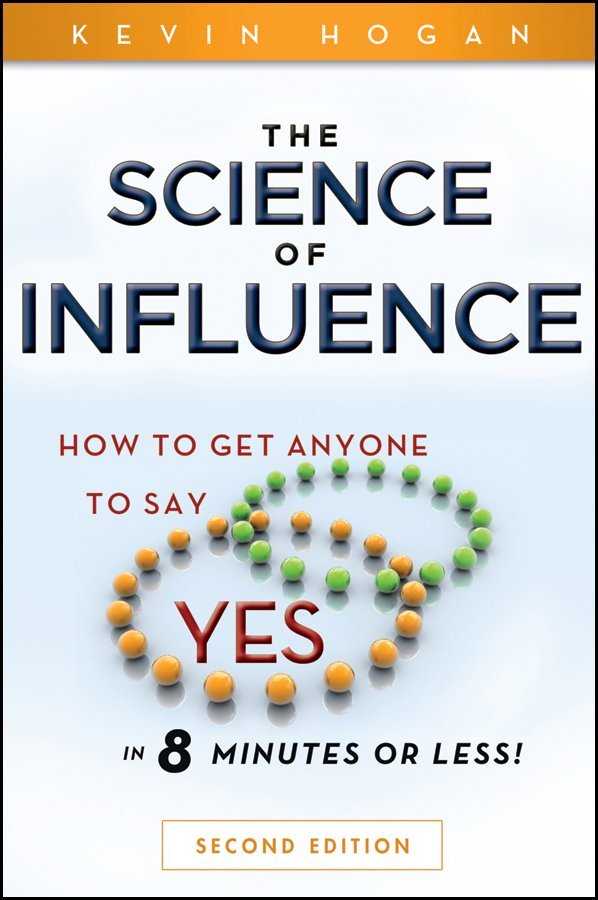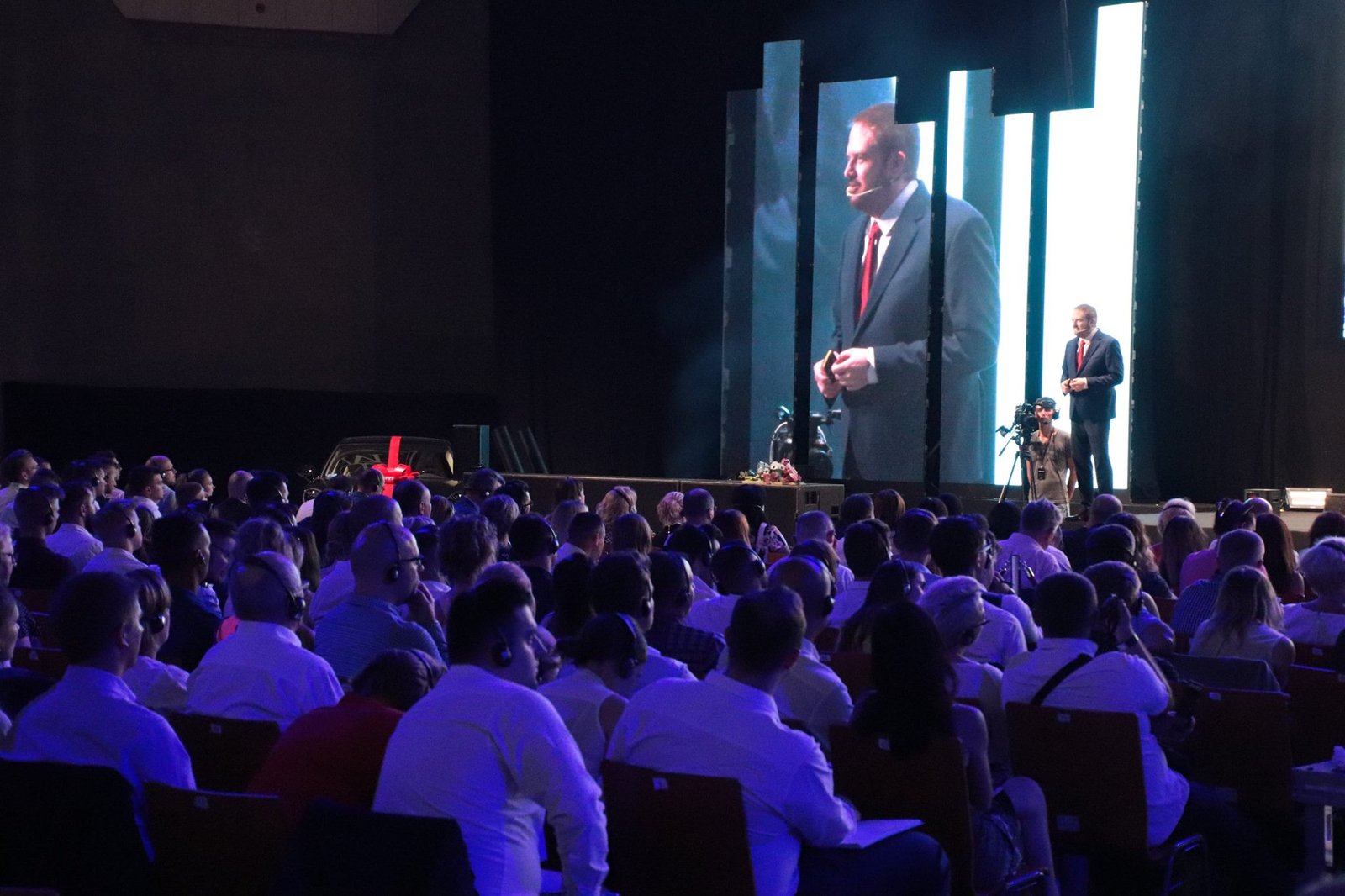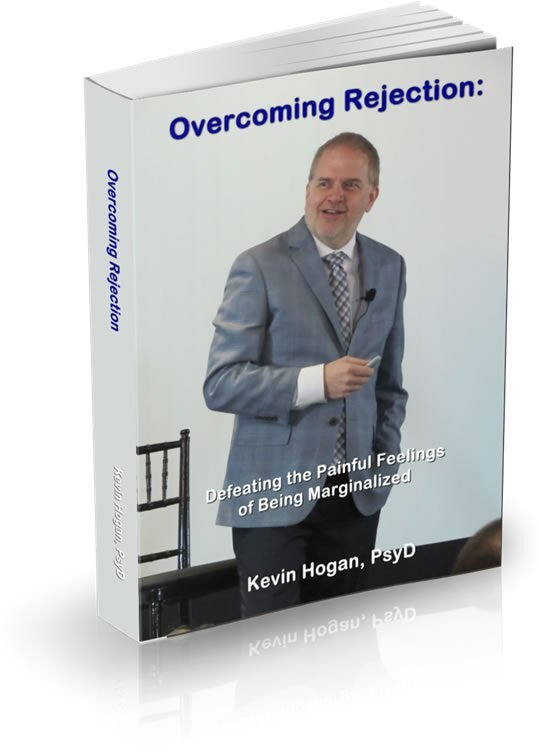People lie, research has shown, in one-fourth of their daily, social interactions.
But, there is a time when folks are even more likely to lie? When is it?
According to Cornell University communications researchers, people are most likely to lie on the telephone.
In fact, the researchers say, phone fibbing is even more likely than when people use e-mail, message or even speak face-to-face.
“Some psychologists did not expect this. Lies makes us feel uncomfortable, and you would think we should be using media to reduce that discomfort, but that’s not the case,” says Jeff Hancock, Cornell assistant professor of communication.
In a study of 30 students, his research group found that, “People lied most on the telephone and least in e-mail, and that lying rates in face-to-face and instant message interactions were about equal,” he says.
It is the communication technology, he suggests, that affects lying.
Hancock and Cornell graduate students Jennifer Thom-Santelli and Thompson Ritchie are authors of the peer-reviewed study, “Deception and Design: The Impact of Communication on Lying Behavior,” presented April 24-29 at the Computer-Human Interaction (CHI) scientific meeting in Vienna, Austria.
On average, the lies told by the students in the study were trivial, Hancock says. E-mail lies tended more often to be planned, and the lies usually were believed, according to the e-mailers.
Why does the telephone make it easier to tell untruths? “If you called in sick to your boss, but you were dressed and ready to ski, you would succeed in lying on the phone. But if you claimed to be sick in a face-to-face conversation, but you were wearing a ski outfit, you would obviously fail in lying,” Hancock observes.
The telephone, he says, allows people in different physical locations “to communicate with vocal and inflection cues intact, while e-mail and instant messages eliminate or distort nonverbal cues and modify the timing of communication.”
Because the majority of lies are unplanned and tend to emerge spontaneously from conversation, “media where interactions are in real time boost the opportunity for deception,” Hancock says.
“If during a conversation one friend is asked by another what she thinks of his new shirt, and she does not like it, she is now presented with a decision to lie or not,” says Hancock. “This type of opportunity is less likely to arise when composing an e-mail. Thus face-to-face conversation, telephones and instant messages present more opportunity for lies.”
However, if the conversation is on the record, Hancock notes, people are less likely to lie. “Users should be hesitant to lie in a medium where statements are recorded and are easily reviewed,” he says.
Face-to-face and telephone conversations are typically not recorded, while e-mail is often saved by both the sender, receiver and by servers hosting e-mail accounts. Message conversations are logged for the duration of an exchange and can easily be saved.
Participants in the study recorded all social communications for seven days, including how often they lied. The rate of deception was calculated by dividing the number of lies by the number of social communications.
And the Results Showed…
Among 30 students involved in the study, there were 1,198 social communications and 310 lies. On average, participants engaged in 6.11 social communications daily and lied 1.6 times per day, meaning that about 26 percent of the reported social communications involved a lie.
Of the telephone conversations, 37 percent involved deception, while face-to-face conversations included lies 27 percent of the time. About 21 percent of the instant messages and 14 percent of the e-mailing included lies. Hancock also found that experienced e-mail users were more likely to lie more often.
Is this what you suspected? Did you guess that people lie the most when talking on the telephone? Fascinating?
Tomorrow we’re going to explore the fact that cultural differences can make a huge impact on reading body language!
Until next time….

